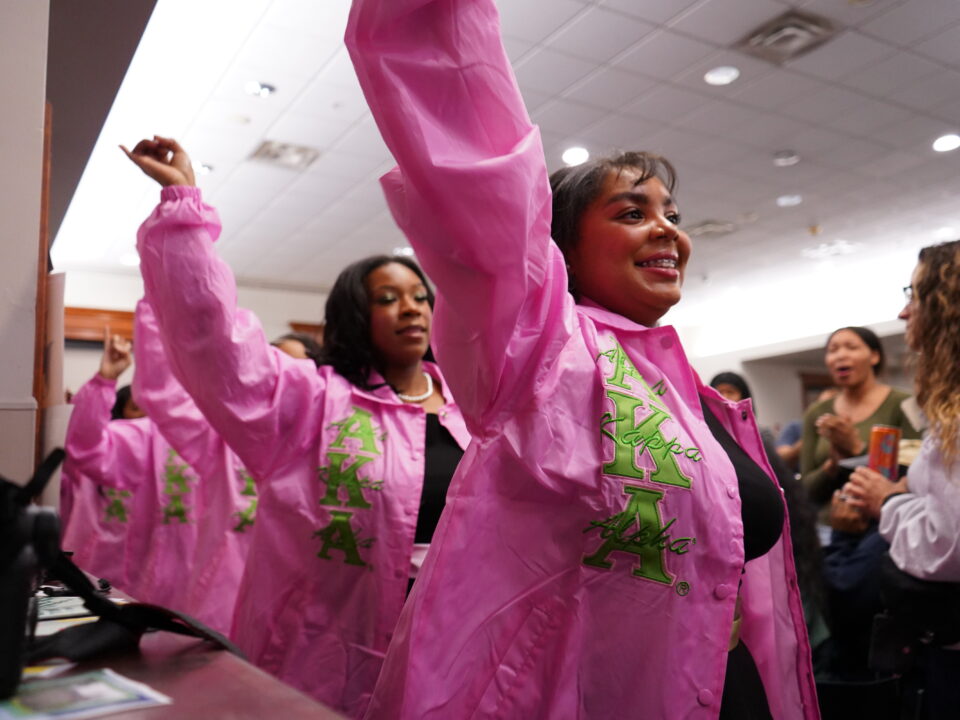Fads of contamination: lead found in social media’s beloved Stanley Cups
Stanley Cups, the colorful, practical, and almost designer cups, have appeared in everyone’s daily arsenal as of late, but in January consumers turned to TikTok to report finding traces of lead in their ever-popular cups.
Stanley Cups started becoming popular around 2019 but went viral thanks to social media platforms like TikTok in 2022.
Now they’re going viral for very different reasons, with users reporting they were able to detect trace amounts of lead using at-home testing kits. After these complaints went viral, many began to stop using their beloved Stanleys with some even throwing them out altogether.
PMI Worldwide, the producer and manufacturer of Stanley products, stated that all their products are made “with suppliers who meet [their] high quality and ethical standards,” and that “all Stanley products are designed and tested in [their] Seattle, Washington headquarters to make sure they meet Stanley’s Built for LifeTM expectations.”
However, despite this, many people are still concerned about what is inside the products they consume. PMI Worldwide did state that “some lead” is used in the vacuum sealing process that makes Stanley products “spill-free.” They also stated that the at-home lead testing kits may not always be accurate.
Lead paint has been used in the United States since the Colonial Era and reached its peak use in 1925. Most homes built between the 1920s and 1970s featured this toxic home feature, leading to many health issues, especially amongst young children who were unknowingly exposed to it.
In 1978, there was a nationwide ban on the use of lead inside paints due to health concerns. Somehow, it has made its way back into our homes, but this time it is carried with us everywhere.
This begs the question: do we really know what we are putting into our bodies?
Stanley Cups, the colorful, practical, and almost designer cups have appeared in everyone’s daily arsenal as of late, but in January consumers turned to TikTok to report finding traces of lead in their ever-popular cups.



